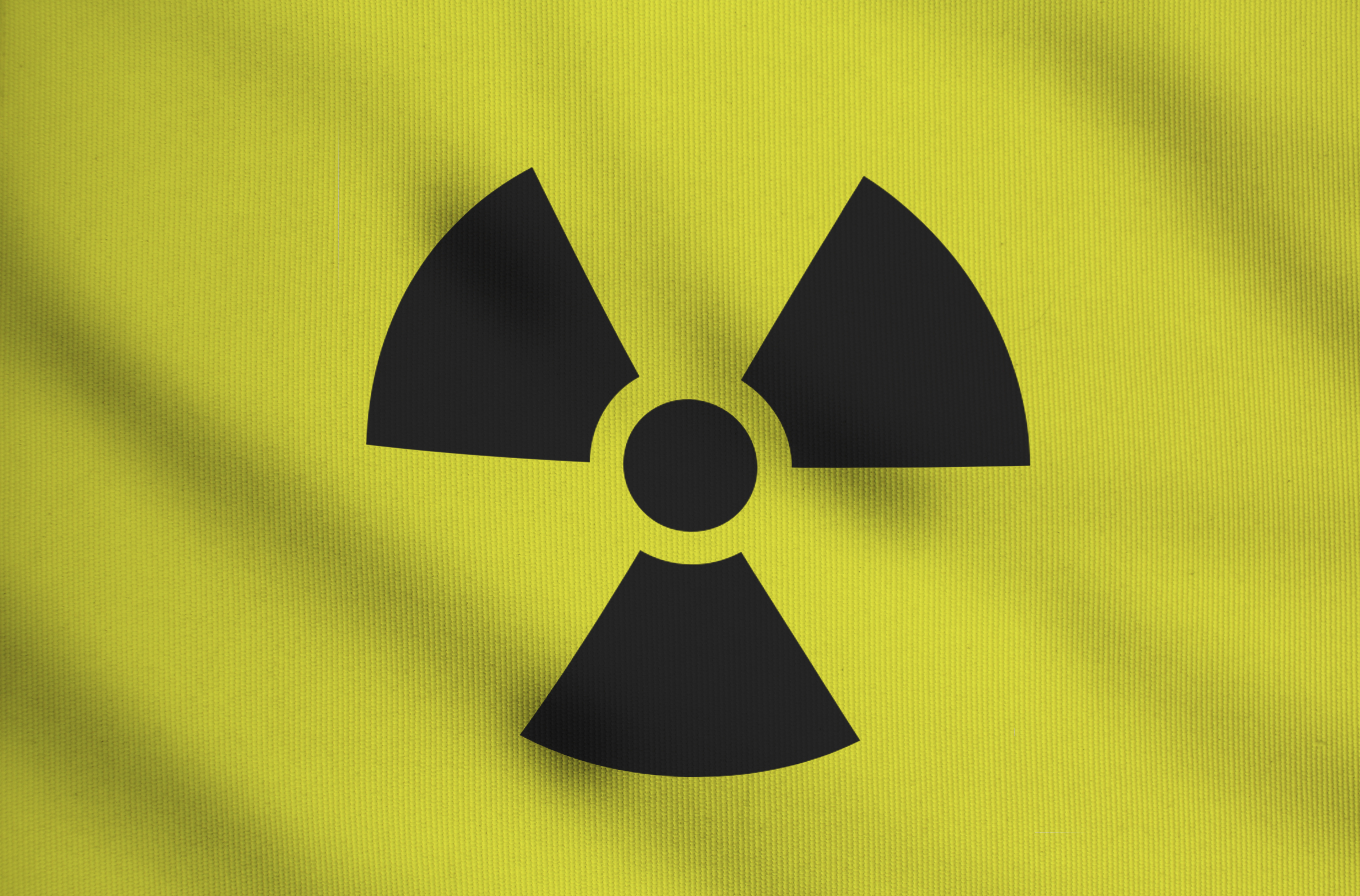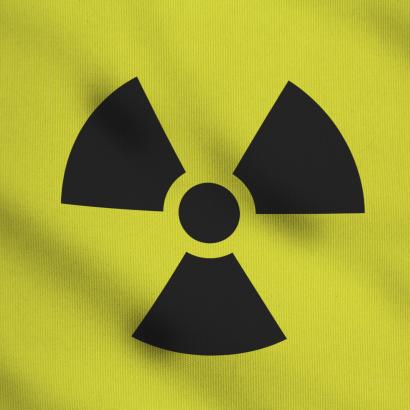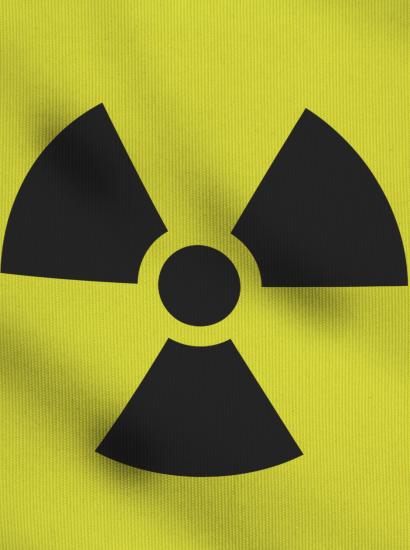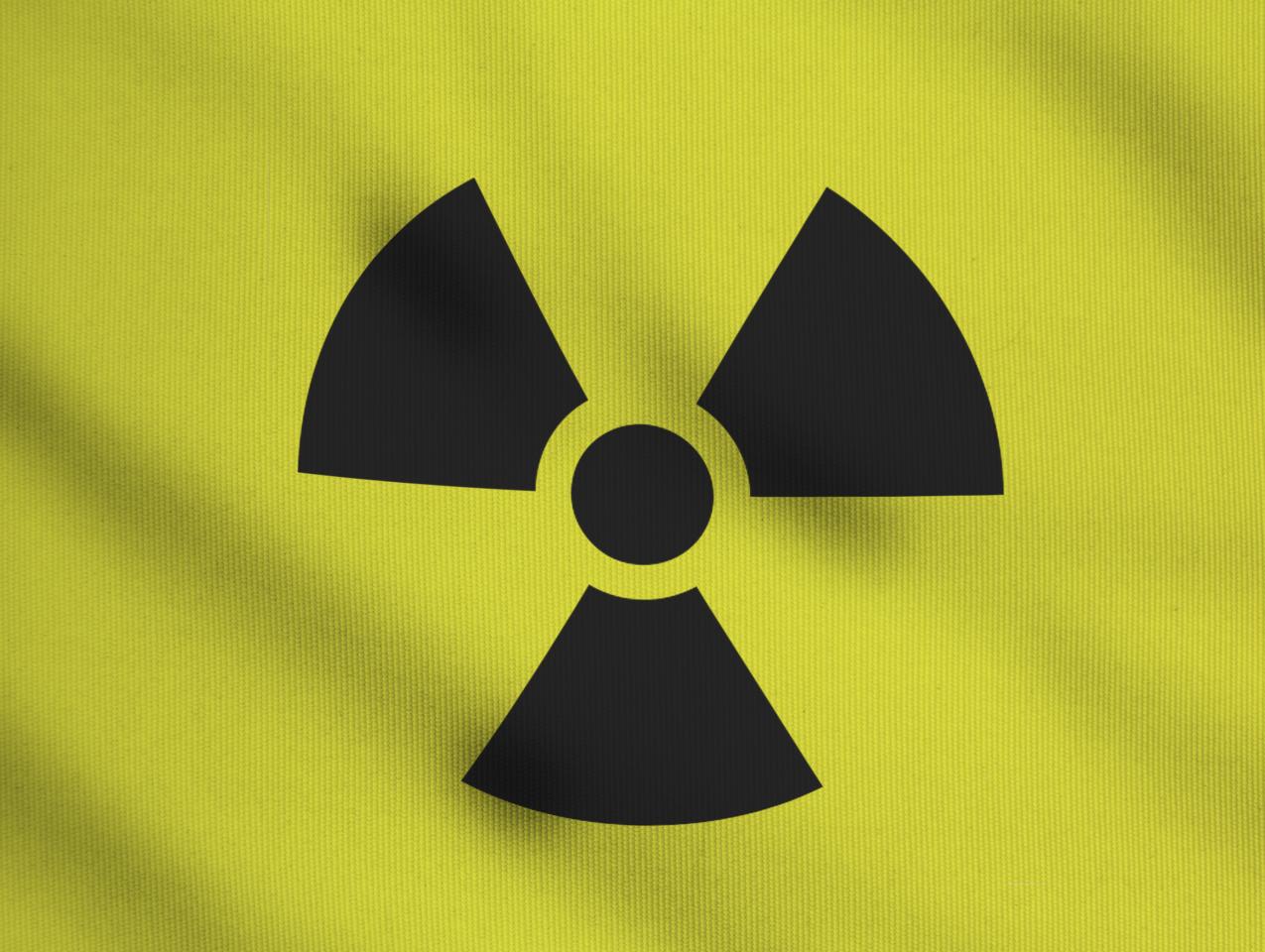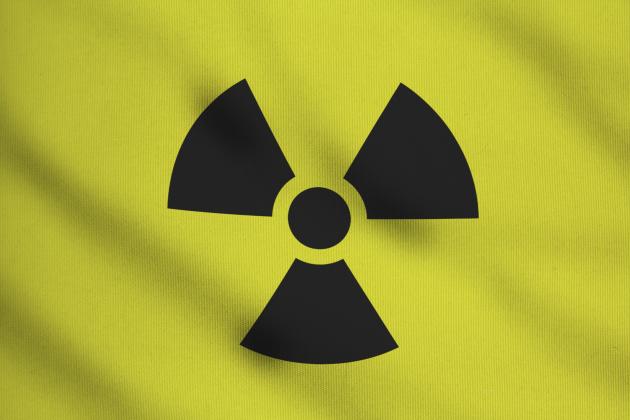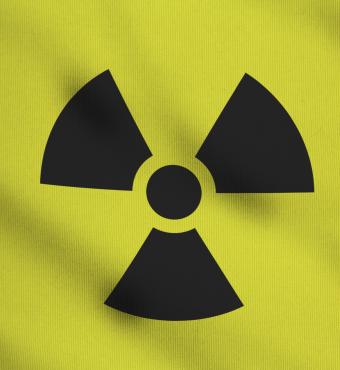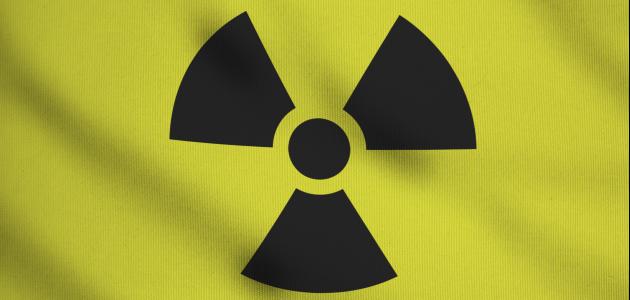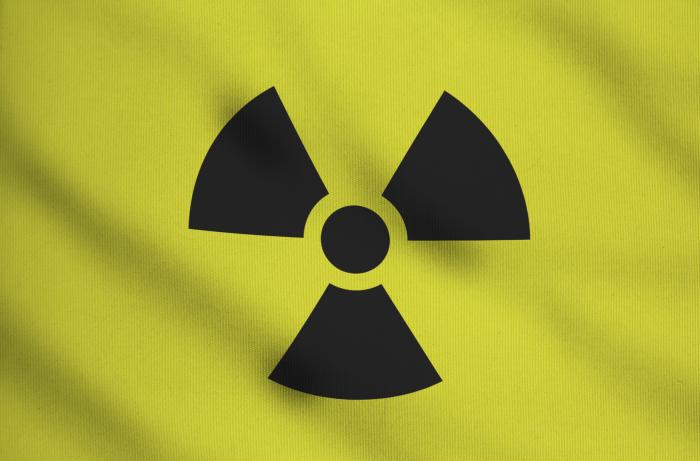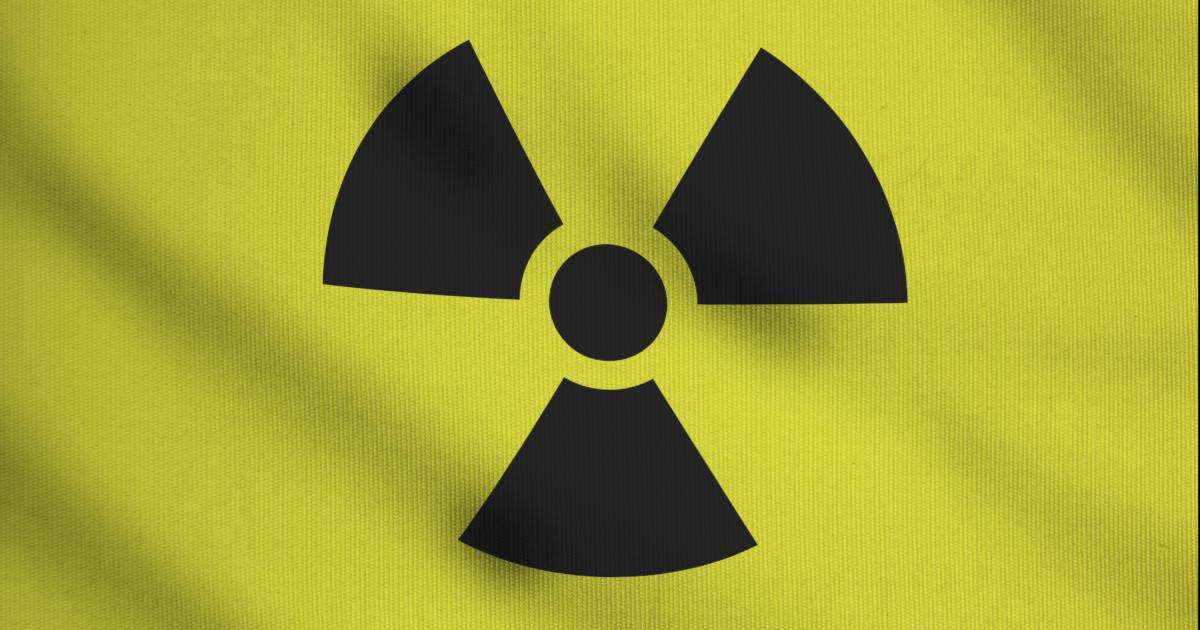The challenges posed by nuclear weapons and the potential for further nuclear proliferation cut across many of the issues we address in our project. Mixing nuclear weapons with the complex landscape of advanced conventional systems, space, and cyber explored in earlier sessions raises the possibility of escalation, perhaps by miscalculation, to nuclear use. In our roundtable discussion at Hoover on the changing risks and opportunities of nuclear weapons and nuclear energy, participants lamented the lack of personal memory—in both political leadership and the general public—of the unique danger posed by nuclear weapons. And this was reflected in the turnout to the companion public panel we hosted here for the Stanford University community. Undergraduate students, so eager on earlier questions of social media influence or algorithmic bias, on cyber security, immigration, and regional vagaries, were in short supply. This on a campus that fifty years ago hosted an underground network of 50 fallout shelters designed to hold 50,000 people.1 As former defense secretary Bill Perry and former Senate Armed Services Committee chair Sam Nunn have both observed, what we have is “the worst of all worlds... we now have all these nuclear weapons, but we don’t really have people who take them seriously.” Nunn continued, “complacency is disconnection from reality on the nuclear arena.”
Secretary Shultz has described his personal experiences with these weapons. On August 6, 1945, as a U.S. Marine captain on a troop ship in the Pacific, he and his fellow Marines got word that something called an atomic bomb had been dropped on Hiroshima. By the time they had reached port in San Diego, a second bomb had been dropped—they would not be redeployed for an assault on the Japanese mainland after all. The war was over. And their use, along with later atmospheric testing—nearly 500 tests in the ensuing decades—raised public consciousness everywhere about the terrible power of nuclear weapons.
By the 1980s, the tides were shifting. President Reagan declared “a nuclear war cannot be won and must never be fought” and conveyed that sentiment to General Secretary Gorbachev at the 1985 Geneva Summit, along with proposals for reducing strategic forces. And the dramatic meeting in Reykjavik the following year underscored these concerns, with progress toward what became the Intermediate Nuclear Forces (INF) treaty and the Strategic Arms Reduction Treaty (START). Over the next three decades the number of nuclear warheads was reduced to approximately one-fourth of the number in existence at the time of the Reykjavik meeting.
But today, with the Cold War over, the number of weapons held by the United States, Russia, and others remains in the thousands—more than enough to destroy each other several times over, and the circumstances in which they might be used seem to be growing. Equally important, the number of countries with nuclear weapons has grown, most recently to North Korea, which has tested both nuclear devices and delivery systems. One goal today should be to prevent further proliferation—to Iran, to other countries in the Middle East—no more states with nuclear weapons.
What, our discussants asked, could be done 1) to raise consciousness of the power of nuclear weapons, 2) to develop a more constructive political atmosphere for dealing with them, and 3) to apply new technologies and thinking towards reducing the risk of their use?
Improving Nuclear Awareness
Through this project, we have identified a number of new challenges which we think deserve public or political attention. But to be frank the risk of nuclear weapon use cuts across them all. Consider how many news articles you may have read in the past year about nuclear weapons—and how many have you read about Facebook? We have failed to give both our citizens and our leaders a sense of scale and prioritization. The potential damage wrought by nuclear weapons should speak for itself, but Las Vegas casinos no longer market “nuclear” getaway weekends for guests to view the desert tests, atomic highballs in hand, as they did through the 1950s. And the skies above Los Angeles no longer flash before dawn. We need to find new ways to remind that these risks that are still with us.
President Reagan’s insight that a nuclear war cannot be won and must never be fought should continue to guide us today. How might such a war look?
The effects that would result from military use of nuclear weapons are enormous but difficult to quantify. They would depend on many variables, including the number and size of the weapons used, their technical characteristics, the altitude of detonation, and the nature of the targets. In addition to prompt deaths and injuries from blast and fire in the vicinity of the targets, radiation from fallout would spread over the region. Widespread destruction of medical, food, energy, and transport infrastructure would lead to many more casualties over an extended period of time. Following a large attack, conditions would get worse before they got better.
Even a “regional” nuclear war would be extremely deadly. Researchers estimate that if India and Pakistan attack each other’s urban centers with nuclear weapons prompt fatalities could reach 50 to 125 million.2 Many more would be injured, and casualties would grow still higher over time as a result of destruction of life-sustaining infrastructure and the spread of radioactive fallout.
In addition to this regional catastrophe, recent research indicates a regional nuclear war between India and Pakistan could have significant environmental consequences around the globe. Smoke from burning cities in South Asia would rise to great heights and spread worldwide. It would absorb incoming sunlight, resulting in significantly lower global temperatures and reduced rainfall for an extended period of time, which in turn would reduce food production worldwide.3,4,5 The longer term environmental and economic consequences, such as food shortages, could ultimately be more severe in terms of death, disease, and injury than the immediate consequences of the nuclear explosions. There are no bystanders likely to remain unaffected by nuclear conflict, even on a regional scale.
A nuclear war between the United States and Russia would have catastrophic consequences for both countries. If their nuclear arsenals were used against both military and economic targets, estimates of fatalities range from tens of millions upwards.6,7 Again, many more would be injured, and casualties would continue to grow over time as a result of destruction of life-supporting infrastructure and spread of fallout.
Here too, in addition to the direct consequences of the nuclear explosions for the United States and Russia, recent research indicates that a nuclear war in which each side employed most of its nuclear arsenal would have a major impact on the global climate, substantially reducing global temperatures and rainfall for several years, drastically reducing worldwide food production.8 Again, the longer term environmental consequences of nuclear war between the United States and Russia could be more severe than the immediate effects of the nuclear explosions, and would be felt worldwide.
Beyond the local and global impact of limited use of nuclear weapons is the very real prospect of escalation. The greatest danger of a limited nuclear attack might very well be the high likelihood that other side responds in kind, with no way to know at what point the nuclear exchange might stop. Surely, a nuclear war would be one in which unintended consequences dominate.9 With vital space-based surveillance, warning, and communications systems likely degraded and information and command and control networks likely under cyber attack, misinterpretation and miscalculation could lead to nuclear war that no one intended. Senator Nunn expressed his view at our roundtable that “we have reached the point where nuclear use by blunder is more likely that nuclear war by premeditated plans.”
The numbers are scary, but the point here is not to scare the public or elected officials. Acting from fear is never constructive, in nuclear or other matters. Rather, the goal of reawakening public concern here should be to let facts illustrate the gravity and scale of these impacts in comparison to the short-term distractions which otherwise dominate and manipulate the national political consciousness. And, we hope, informed voters can reward their representatives for prioritizing the existential risk of nuclear weapons in an emerging world
Improving Nuclear Governance
A few years ago, roundtable participant and retired Bishop of the Episcopal Diocese of California Bill Swing, founder of United Religions Initiative, had this to say about the power afforded to the elected President of the United States:
“You will be like God.” That has to sound good to anyone with dirt under their fingernails or the necessity to keep making technical breakthroughs. We all get a little fatigued. How about being a god? That is precisely the option that is laid out in Genesis. ”....you will be like God.”
Or take the phrase, “The most powerful person in the world,” and ratchet it up a notch. You can put your hand on the Bible at your inauguration, but that is small potatoes. It is when you put your hand on the nuclear trigger and become the single agent of the Earth’s destruction. That is power beyond human imagining. Take a big mouth full of forbidden fruit. “You will be like God.”
Despite the reality of this undeniable power, “gods” is not the first descriptor that springs to mind in contemplating today’s denizens of the Potomac. We are men, and flawed. But men can build institutions greater than themselves—institutions should be leaned on in an effort to improve the governance problems of nuclear risk.
Our roundtable contributors described the political space today in Washington for constructive interactions with Russia as poisoned by the domestic fallout from Russian influence efforts in the 2016 election. The executive branch, which would normally lead here—consider George Shultz and Ronald Reagan’s personal contributions to the arc of Soviet negotiations in the 1980s—is not seen as credible on the topic. That leaves Congress.
Contributors argued that Congress has to step up on this problem by interfacing with relevant executive branch agencies through regularly scheduled security policy conversations. A full discussion of reforming the dysfunctional War Powers Act is beyond our scope here, but in general we think that it would be a positive step for Congress to reassert itself into national security and foreign policy decision-making and to build the institutional infrastructure and processes to do so on a regular, meaningful basis. As Sam Nunn summed it up in our roundtable discussion, “Congress under the Constitution is supposed to make the decisions on war and peace, and yet in the one type of war that could end the world as we know it, Congress has virtually no role. But an irresponsible role is not going to work either.”
One concrete step would involve creation of a bipartisan “liaison group” from the House and Senate, with members appointed by the leadership rather than committee chairs (given the reality of how weak chairs have become.) To permit the degrees of freedom that would be needed for substantive action, the liaison group’s remit should be relatively broad: include not just nuclear arms control, but NATO and the U.S.-Russian relationship in general. Geo-economic considerations would play here, too—contributors observed, for example, how the matter of Ukrainian national security is intimately tied to its economic security. This is exactly the sort of group which would not be able to issue press releases touting one’s win or another’s loss—but it would improve the flow of information and help establish an understanding. And it should actually be welcomed by an administration looking to get votes for eventual legislation enabling its policy goals or international agreements. As George Shultz has described this sort of consultative process, as used by President Reagan, “If you want me there on the landing, include me in the takeoff.” Developing a better understanding of views towards extension of the New START treaty, which is otherwise set to expire in early 2021, would be a good first assignment.
Re-establishing military-to-military communications on nuclear and other threats were also identified as a major U.S.-Russian opportunity in the current environment. These avenues for discussion, and mutual airing of concerns, have contributed to stability over decades, even as national political relations have waxed and waned. Congress has largely cut off military contacts in recent years as punishment for Russian adventurism, but uniformed military leaders in both countries nonetheless report continued interest in improving mutual communications. Military-to-military connections help reduce the risk of an inadvertent crisis, and they also help build the groundwork for broader agreements over time. George Shultz has recalled how the ability for his U.S. state department and Soviet foreign ministry negotiators to make substantive decisions in any security policy meeting was always predicated on the participation of Soviet military representatives. Reykjavik was a once such example of having all the right people in the room. And while our military level communications channels with China today are much stronger than those with Russia, our project discussants have pointed out that even U.S.-Chinese military communications are substantially below where U.S.-Soviet links were during the height of the Cold War. Congress should give military commanders the encouragement to engage in any such discussions that our unformed officers deem valuable.
This issue of expanding the nuclear discussion beyond the United States and Russia was another topic of roundtable discussion—and audience questions at our public panel. On the one hand, the United States and Russia still have 90 percent of the world’s nuclear weapons. So what we do matters.
On the other hand, given broader military capabilities across many actors and the emergence of non-nuclear disruptive technologies around the globe which implicate nuclear weapons, what other countries do also matters, beginning with China. Policy minds in the United States and Russia pointed to Chinese missile technologies and deployments as reason to leave the INF Treaty, unconstrained as they were by the treaty.
Even changing demographics come into play. At the height of the Cold War, the combined number of people in the United States and Western and Eastern Europe (including the USSR) held at risk to the nuclear threat was about 700 million. Today, in South Asia alone, where Indian and Pakistani arsenals continue to increase in size each year, that number is 1.6 billion, and rising past 2 billion by mid-century. Nuclear weapons are now in play globally.
As roundtable contributor Ashley J. Tellis described in his remarks on the subcontinent, the dynamics of and the de-risking strategy for every regional nuclear dance cannot be put in U.S.-Soviet deterrence terms. India views its nuclear pursuits in different terms, and as arising out of a different historical context, than Pakistan does. India compares its own nuclear stockpile as an insurance policy against the capabilities of its neighbor China (which in turn calibrates its ambitions vis-a-vis survivability against United States and Soviet capabilities). Pakistan, meanwhile, positions nuclear weapons as a potential complement to its out-matched conventional forces in an existential regional conflict with India—some forces within the military-dominated country further view the capability as a sort of umbrella that licenses it to conduct its own cross-border terrorist activities. Misinformation and secrecy shroud every step for these states who both lack the international legal recognition to conduct an open nuclear weapons program. And given their relatively late starts, neither party views itself as “sufficiently nuclear,” which points towards an expected direction in nuclear armament—that is, “more”—if not a desired end state.
Given this idiosyncratic landscape, and the fact that we are only secondary actors in this drama—out interests therefore often viewed with skepticism—the United States has so far had limited progress in South Asian nuclear security. United States efforts with Pakistan after 9/11 to secure its nuclear facilities and pursue al-Qaeda were crucial (and welcomed given that country’s ongoing internal security concerns) but financial and military support has not extended to an enduring broader relationship. And India has not responded with enthusiasm to direct offers from the United States to help improve the security and safety of its weapons handling programs, or on bilateral advising interpreted as lecturing—but it has shown interest in learning from international best practices when presented in a neutral, global context.
The U.S.-Indian civilian nuclear power agreement, while rocky in implementation, was one good example of positive creative diplomacy. We should continue to explore ways to make our participation regarded as valuable in the region. We could, for example, convene international summits focused on the potential effects of emerging technologies on nuclear security—cyber threats to international nuclear monitoring and detection systems for example—with South Asian participation.
Another persistent opportunity is of course economics. Roundtable discussants recalled leading so-called “track two” dialogues of business, civil society, and former military and political leaders in the region, during which both sides recognized the immense mutual gains that might result from normalization of trade and commerce across the India-Pakistan border. And there have been attempts over the years to this end, scuttled in part due to the undulations of regional politics, and perhaps more fundamentally Pakistan’s fears that its economy would be overwhelmed by Indian competitors. So it’s not an easy problem. But given the overall gains that could be had—to say nothing of follow-on regional stability dividends—economic normalization is a question of when, not if. The United States should have this on its agenda as we ourselves look to navigate dramatic changes in global trade attitudes (and technological options) across an emerging world.
Finally, the United States can aim even higher in the region: use what goodwill we have in the region to consistently encourage an overall Indian-Pakistani peace process. Roundtable discussants with long experience in the region were grounded, yet hopeful for progress. Doing so would require the involvement of not just Pakistani civilian leaders, who have at times been open to rapprochement, but its military, too. And the Indian state is understandably skeptical of dealing with the Pakistan military. We cannot compel either side to sit down and have an agreement—but at the same time the United States has never shown the interest or wanted to invest the political in getting both sides to think about a solution. That may change as the United States itself does: as of 2017, India ranked second to Mexico as the largest source of immigrants living in this country, second in naturalizations, and first in new arrivals. The only plausible long-term solution is for both sides to learn to live with what they have already got—and in the meantime, we should be looking for ways to help “keep the pot from boiling over.”
More broadly, uncovering the best approaches to nuclear governance in the broader world beyond the United States and Russia will in each case require experimentation. Creativity in our own international arms control efforts should be encouraged. The Trump administration’s initial efforts to break through the North Korean situation through direct high-level consultations, for example, should be applauded for moving the needle. But they must follow up, or that progress could disappear. Similarly, the state-by-state, situation-by-situation efforts to secure nuclear materials from around the world over the past decades have gradually reduced the number of countries in possession from 42 in 2001 to 22 now. Russia was a very cooperative partner in that. That was not a flashy breakthrough, but it was good management, and it has reduced risk.
Improving Nuclear Technologies
Our contributors described how new weapons technologies—hypersonic missiles, cyber intrusion, or use of artificial intelligence in decision-making—could be destabilizing forces in the nuclear landscape. But could new technologies help reduce new risks in this emerging world as well? If they could, then the right combination of mitigation and ingenuity could improve the situation.
Consider that interest in nuclear technologies broadly is likely to grow around the emerging world. For example, civilian nuclear power represents just 10.5 percent of global electricity production today, and less than 5 percent of total energy consumption. And while costs remain a barrier today to rapid adoption, new packaging technologies—such as small modular reactors, or the new chemistries of so-called generation IV reactors—could surprise with their appeal in a carbon-dioxide emission constrained world. Countries who already use nuclear power today use it to meet, on average, less than one-seventh of electricity needs: expanding that use would likewise increase the volume of nuclear fuel cycle materials that will need managing. And countries representing one-quarter of global electricity demand currently have no civilian nuclear power, despite them having the long-standing international right to develop or acquire such technologies under the nuclear Non-Proliferation Treaty. This includes, for example, most Middle Eastern and African countries where populations and energy demands are expected to grow rapidly, but which lack substantial experience with the technical or institutional management of nuclear fuel cycles.
Former secretary of energy Ernest Moniz in his paper prepared for our discussions enunciated four areas of opportunity: detection, prevention, the rollback of proliferate behavior, and responding to subnational risks. Moniz described, for example, how machine learning, applied across syncretic platforms such as Palantir’s that specialize in finding patterns across disparate data sources, could be used to identify proliferant behavior in supply chains and global trade patterns. This ability becomes more credible as more aspects of society and economic interactions are digitized, and therefore accessible to computer interrogation.
Moniz pointed out that leading edge technologies—in satellites, sensors, and network technologies—have long been relied upon to verify state behaviors around the treatment of nuclear materials, and we should continue to push that envelope. Improved forms of detection and verification could give us the confidence, for example, to partner in civilian nuclear power deployments in the Middle East without a legally binding obligation not to enrich or reprocess.
New technologies and approaches could also help work through existing barriers in nuclear waste management. The United States faces its own political stalemate over the disposal of civilian reactor wastes, as well as the transport and storage of higher-grade military wastes. The Yucca Mountain long-term disposal site, for example, has long been described as a political problem, not a technical problem. Nonetheless, politics have failed to improve the situation. Technology might. Moniz’s suggestion of pursuing deep-borehole disposal for military wastes, combined with an interim dry cask storage system for civilian waste, would effectively buy an option for the federal government, improve safety, help turn today’s negative public attitudes towards nuclear power, and open up the political space for further deliberation.
Leaning more heavily on technology to reduce nuclear weapons and materials risks will of course require technologists. In the civilian sector, the demography of nuclear workforces is already a concern, with power engineers in the United States ageing alongside their 1970’s-built rectors, and startup nuclear energy programs around the world on the hunt for experienced talent from the United States and Europe. Senator Nunn used our public panel to implore today’s university students, who so often say they want to use their technical skills in more meaningful forms of work, to consider how their careers could contribute to reducing nuclear risk. “There are ways to do this!” he urged. “There are ways to make the world safer.” Nuclear security can seem like a distant topic that is the sole province of national governments with opaque alphabet agencies, but an increasing role for technology in this space should open that door to non-specialist contributors and private sector digital technology expertise. Nunn continued, “And if it were up to me, I would challenge Russians to do the same things and then see where we can meet—maybe even find ways where their technologies or our technologies can work together.” He’s right, and it’s an idea worth trying.
Concluding on the topic of risk, Nunn quoted Warren Buffet’s back-of-the-napkin math on the nuclear situation. “If an event has a 10 percent chance in a given year, and that chance persists for 50 years, then there is a 99.5 percent chance that it will happen over that 50-year period,” he said. “But if you can reduce that 10 percent chance to a 1 percent chance, and that chance again persists for 50 years, then you have a 67.5 percent chance of it not happening.” The point is that nuclear weapons, as long as they exist—as with other emerging existential risks—are not solved problems. They are, as George Shultz says of his construction project management days at Bechtel Engineering, “work-at problems.” Risk reduction might not always look like a sweeping resolution as much as a continuous series of step-by-step improvements. Compounded over time, this makes a difference. In the nuclear world, we should be seeking out wins, and holding on to them.
***
In this project, we’ve invoked the giants who led the United States through the first “hinge of history” to develop a constructive framework for dealing with the world’s—and by extension, our—problems in the days following the destruction of the Second World War. Given the new global changes we can now observe, if we were to go back to those Truman, Acheson, and Eisenhower days, what would they be thinking? What would they do?
President Eisenhower laid out the 1953 Atoms for Peace strategy of nuclear management that recognized the technology’s great social potential while also aiming to limit its risks. That “weeding” process, which authors of this volume have played a part in, has continued to this day. We need to continue to incorporate the latest technologies and thinkers in service of reducing those risks, in creative consultation with our long standing global allies and with our adversaries—so that the next time the American people forget about the nuclear risk, they can be justified in doing so.







